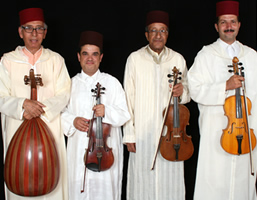
Loudmouth cross-cultural outreach has long been a part of Mister Rhymes oeuvre, this we know.
But he just cranked it up a notch, rapping a timely rap about sound finance and geopolitics in light of a derailing US economy. On a lesser note, I get the feeling that he visited Dubai and stayed in the Burj Al Arab, what with the 7-star reference, etc, though he seems to think Arafat isn’t dead.
I’m not including the song title or full artist name because I want you Mudd Up! readers to listen to this track at your leisure — a cease-&-desist letter from Google-Alert wielding major label lawyers would interfere with our contemplation. (shout to Todomundo for the tip!)
autotuned oriental-rap implosion (is the chorus real or ersatz Arabic?)
[audio:autotuned_oriental_implosion.mp3]This brand new single is major because it unites (presumably by force) what I consider to be the two major fields receiving autotune enhancement: namely black American rap/R&B and Maghrebi popular music (where its use spans genres & languages).
There’s a lot more to be said, but it’s late, lets enjoy some autochthonous Algerian autotuneage:
Cheb Abbes – track 6 from the mp3 CD Dub1 sent me (thanks!)
[audio:ChebAbbes_6.mp3]Ramzi – track 11 (thanks Andy!)
[audio:Ramzi_11.mp3]











